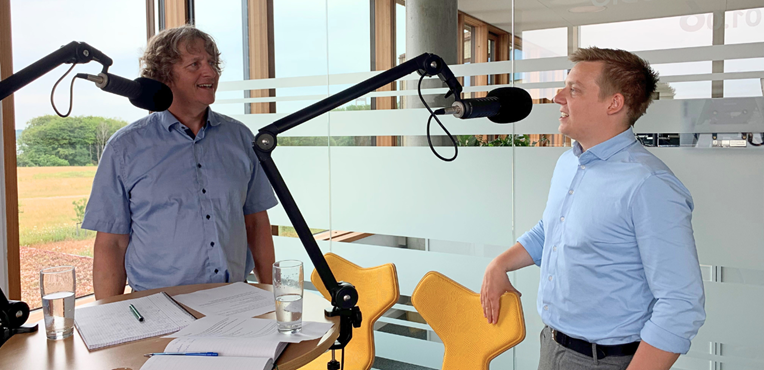Heat stress additive means better feed intake during summer
For more than 10 years, Medveczki József has been the Sector Director of the company Dél Pest megyeiMezőgazdasági Zrt. in Hungary. The company manages 10,000 ha, consisting of: 4,000 ha of forest dominated by poplar and acacia; 1,000 ha of lawn for grazing and hay making; and 5,000 ha of arable land used for commodities and fodder crop production. Furthermore, advanced livestock farming is also a key part of the company's portfolio.
“Our average production per cow is 10,000 kg milk with a fat level of 3.8% and 3.3% protein.
In addition, we own a herd of beef cattle consisting of 300 Limousine cows and its young stock, as well as a 1,500-sow herd,” says Medveczki József and continues:
“Our partnership with Vilofoss Hungary began eight years ago with the introduction of Stalosan F, which reduces the cell count. The partnership has continued ever since, and we enjoy its positive outcomes.”
Heat-stressed cows cause loss of production
Unfortunately, the heat stress period in Hungary is getting longer and longer. During this period, the cows eat less, which means a significant loss of production.
“We give the leftover feed to the young stock, but normally this is not possible during the summer heat period, because of the heat-generation. We have tried many similar products on the market, with limited success only,” says Medveczki József.
From 40°C to 30°C means better feed intake
Medveczki József tried FreshFoss right after its introduction on the Hungarian market. After using this product during the summer months, he and his team observed that the feed’s temperature dropped from 40°C to 30°C. The fast-degradable materials in the feed have been stabilised, meaning that the feed quality has not suffered any significant material deterioration.
“Now, it is possible for me and my team to give the leftover feed to the low-production groups. The feed intake of the animals is satisfactory, and the fluctuation of production has ceased. Based on my positive practical experience, I highly and willingly recommend both products to other production managers,” Medveczki József concludes.
More info about DélPest megyei MezőgazdaságiZrt.
In 2014, Medveczki József and his team started developing the capacity and technology of his dairy herd.
This process is divided into two steps: the first one has already been completed, and step two involves a renovation of the calf rearing, calving and silage areas.





